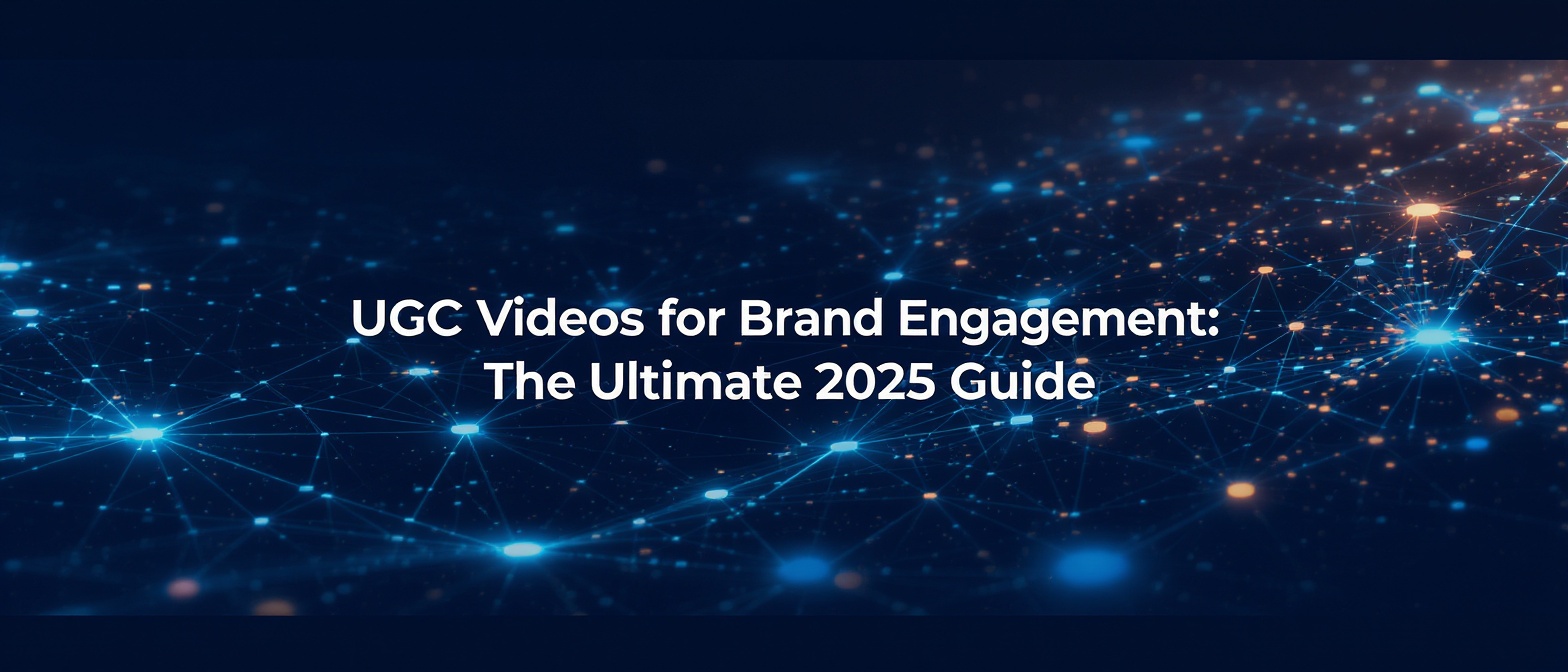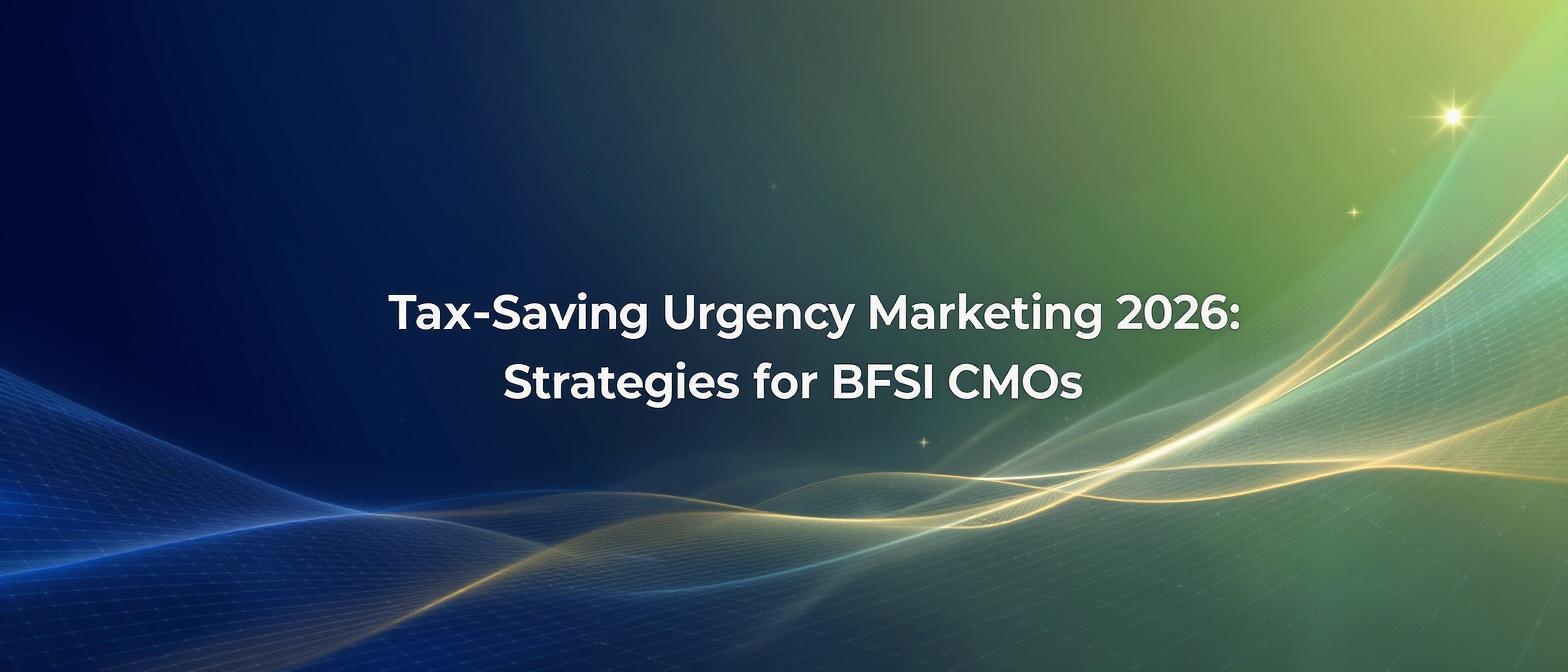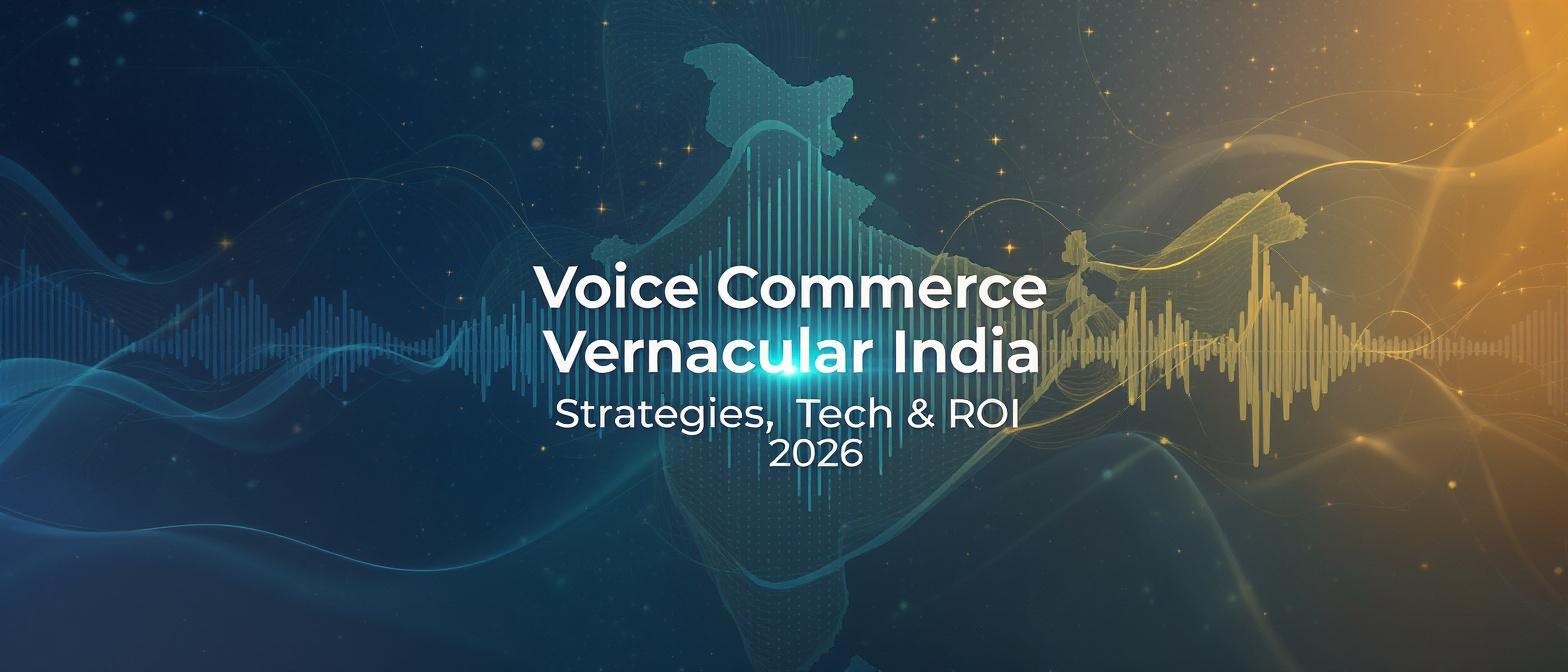The 2025 Ultimate Guide to UGC Videos: From Strategy to ROI
Estimated reading time: ~11 minutes
Key Takeaways
- UGC videos offer unmatched authenticity that consumers trust over brand-created ads.
- A strategic approach to collecting and managing UGC is essential for long-term success.
- Proper rights management and creator crediting build trust and avoid legal pitfalls.
- AI technology enables global scaling, localization, and faster production of UGC-inspired content.
- Measuring the ROI of UGC is crucial, including cost savings, engagement, and conversions.
In a digital world saturated with polished, high-budget brand advertisements, consumers have developed a powerful filter for inauthenticity. A staggering 93% of marketers now report that user-generated content (UGC) videos perform significantly better than their brand-created counterparts. This isn't just a trend; it's a fundamental shift in how trust is built and how audiences connect with brands. While many marketers understand that UGC is important, they often lack a strategic playbook for implementing, scaling, and measuring its true impact on brand engagement and the bottom line.
This is not just another article defining UGC. This is your comprehensive 2025 guide to building a powerful, scalable, and measurable user-generated content engine. We'll move beyond the "what" and dive deep into the "how"—from launching effective campaigns and navigating rights management to leveraging AI for global scale and calculating tangible ROI. Prepare to transform your audience from passive consumers into your most powerful and authentic marketing team.
The Unmistakable Power of Authenticity: Why UGC Videos Dominate in 2025
At its core, user-generated content is any form of content—videos, reviews, images, social media posts—created by individuals rather than brands. UGC videos, in particular, have become the gold standard for authentic marketing. They are the digital equivalent of a trusted friend's recommendation, and in an era of deep consumer skepticism, that recommendation is priceless.
The data paints a clear picture. According to a 2025 consumer report from TINT, customers are 2.4 times more likely to view user-generated content as authentic compared to content created by brands. This authenticity is the bedrock of modern marketing, directly influencing trust and purchasing decisions. In fact, recent studies show that an overwhelming 84% of people are more likely to trust a brand—and buy from it—if it features UGC in its marketing.
This shift is driven by a simple human truth: we trust people more than logos. When a potential buyer sees a real person unboxing a product, demonstrating a feature in a real-world setting, or sharing a genuine success story, it bypasses the traditional "sales pitch" filter. It’s raw, relatable, and incredibly persuasive.
However, the very authenticity that makes UGC powerful also presents a significant challenge: scalability. How can a global brand collect, manage, and deploy authentic content across dozens of markets and languages without losing its magic? As brands aim to scale their content, the challenge lies in maintaining this authenticity. Platforms like Studio by TrueFan AI enable businesses to repurpose and localize authentic-style messaging at scale, without losing the human touch that makes UGC effective. By using AI to create variations of proven, user-inspired content, brands can maintain a consistent yet localized voice across all channels. For more on consumer trust, see this foundational report from Nielsen, which underscores the long-standing preference for peer recommendations.
Building Your UGC Video Engine: A Step-by-Step Strategic Framework
Simply waiting for customers to create and tag you in stunning videos is not a strategy. A successful UGC program is an "engine" you build, with deliberate processes for encouraging, collecting, managing, and deploying content. Here’s how to construct it.
Step 1: Define Your Goals and Set Clear KPIs
Before you ask for a single video, you must define what success looks like. Your UGC goals will dictate your entire strategy, from the campaign's messaging to the platforms you use. Common goals include:
- Increasing Brand Awareness: Measured by reach, impressions, and share of voice.
- Boosting Conversion Rates: Measured by click-through rates from UGC, conversions on product pages featuring UGC, and revenue attributed to UGC campaigns.
- Enhancing Community Engagement: Measured by likes, comments, shares, and the number of submissions.
- Building a Content Library: Measured by the volume of high-quality, usable assets acquired, reducing reliance on expensive studio productions.
For each goal, set specific Key Performance Indicators (KPIs). For instance, if your goal is to boost conversions, a KPI might be "Achieve a 15% increase in add-to-cart clicks on product pages featuring UGC videos within Q3."
Step 2: Launch Your Campaign - How to Ask for and Encourage UGC
People are often willing to create content, but they need a reason and clear direction. Your job is to provide that spark.
- Run a Contest or Giveaway: This is the most direct method. Offer a compelling prize—a year's supply of your product, a significant gift card, or a unique experience—in exchange for video submissions using a specific hashtag.
- Create a Branded Hashtag Challenge: Popularized by TikTok, this involves creating a fun, shareable challenge related to your product. The outdoor brand GoPro became a titan of UGC by mastering this, turning its hashtag #GoPro into a content-generating machine.
- Utilize Post-Purchase Flows: The moment of excitement after a purchase is a perfect time to ask for content. Send a follow-up email a week after delivery asking customers to share their unboxing or first-use experience on video. Sweeten the deal by offering a discount on their next purchase.
- Build a Brand Ambassador Program: Identify your most passionate fans and invite them into an exclusive community. Give them early access to products, special recognition, and a direct line to your brand. In return, they become a reliable source of high-quality, on-brand UGC. The apparel brand Aerie did this brilliantly with its #AerieREAL campaign, fostering a community that generated vast amounts of authentic content celebrating real bodies.
Step 3: The Crucial Step - UGC Rights Management and Ethics
This is the single most critical—and most often overlooked—step. Using a customer's content without explicit permission is not only unethical but can also lead to serious legal repercussions.
- Always Ask for Permission: Never assume a tag or a hashtag grants you the right to use someone's video. Reach out directly via comment or direct message and ask for their consent.
- Be Specific About Usage: When you ask, be clear about how and where you intend to use the content. Will it be on your organic social media? Your website? In paid digital ads?
- Use a Rights Management Platform or a Clear Agreement: For larger campaigns, using a tool that manages permissions is wise. At a minimum, have a clear set of terms and conditions that users agree to when they submit content. This protects both you and the creator.
- Credit the Creator: Whenever you post UGC, always tag and credit the original creator. It’s a sign of respect, encourages more submissions, and amplifies their voice.
For a deeper understanding of the legal landscape, brands should familiarize themselves with the FTC's guidelines on endorsements and testimonials, which provide a framework for transparent marketing.
Step 4: Curate and Moderate for Brand Alignment
Not all UGC is created equal. Your final step is to curate the submissions to find the gems that align with your brand's values and aesthetic. Look for videos with good lighting, clear audio, and a genuine sense of enthusiasm. The goal isn't to find studio-perfect content, but to showcase authentic moments that tell your brand's story effectively.
The AI Supercharger: Scaling UGC and Overcoming Production Bottlenecks
The strategic framework above is powerful, but for global brands, it can create a new problem: a production bottleneck. How do you take a successful UGC video from your US audience and make it resonate in Japan, Brazil, or Germany? Manually re-editing, subtitling, and localizing content for dozens of markets is a monumental task.
This is where the next evolution of UGC strategy comes into play: AI-powered scaling. Artificial intelligence is no longer just a buzzword; it's a practical tool for amplifying your UGC efforts.
AI can help you:
- Analyze and Identify Winning Themes: AI tools can analyze thousands of UGC submissions, transcribing audio and identifying recurring themes, keywords, and sentiments. This data provides invaluable insight into what your customers truly love about your products, informing future marketing campaigns.
- Automate Subtitling and Translation: Instantly add accurate subtitles to your videos, making them accessible and effective even when viewed with sound off. More advanced AI can translate and even dub content for different regions.
- Create Authentic-Style Content at Scale: The most transformative use of AI is creating new content inspired by the voice of your customers. By analyzing the language and style of your best-performing UGC, you can generate scripts that capture that same authentic feel.
This is where a brand's global strategy can truly take flight. Studio by TrueFan AI's 175+ language support and AI avatars allow brands to take a successful UGC theme and instantly create dozens of localized variations for global campaigns, ensuring message consistency across all markets. Imagine a top-performing testimonial from an American customer being seamlessly transformed into a native-speaking video for 10 different countries in a single afternoon. This level of speed and scale was unimaginable just a few years ago and is a key driver behind the projected growth of the UGC market to $18.65 billion by 2025.
Measuring What Matters: Calculating the True ROI of Your UGC Video Strategy
One of the biggest gaps in most UGC strategies is measurement. It’s not enough to know that UGC feels more authentic; you need to prove its value to the business. A robust measurement framework connects your UGC efforts directly to business outcomes.
Key Metrics to Track:
- Engagement Rate: Go beyond vanity metrics. Track not just likes, but comments, shares, and saves. Compare the engagement rate of your UGC posts against your brand-created content. A 2025 study by Mavrck found that ads featuring UGC creative received 73% more positive comments on social media than traditional ads.
- Conversion Rate: This is where the rubber meets the road. Use unique, UTM-tagged links for each creator or campaign to track how many clicks and, more importantly, how many sales are generated from UGC. On your website, A/B test product pages with and without UGC video reviews to measure the direct lift in conversion.
- Cost-per-Acquisition (CPA): Calculate the total cost of your UGC campaign (prizes, software, team hours) and divide it by the number of new customers acquired. Compare this to the CPA of your other marketing channels, like paid search or traditional advertising. UGC campaigns are often dramatically more cost-effective.
- Content Cost Savings: Quantify the value of the content you've acquired. Calculate what it would have cost to produce that same number of videos with a professional agency. This represents a direct and significant cost saving for the marketing department.
Solutions like Studio by TrueFan AI demonstrate ROI through significant reductions in production costs and timelines. A brand can A/B test ten different video ad variations inspired by a single piece of UGC in the time it would take to film one traditional ad, directly impacting performance metrics like CPA and return on ad spend (ROAS). For a detailed guide on calculating marketing returns, HubSpot offers an excellent article on marketing ROI.
Beyond Marketing: Integrating UGC Across the Entire Customer Journey
Thinking of UGC as purely a top-of-funnel marketing tool is a missed opportunity. The trust and authenticity it provides can be woven into every stage of the customer lifecycle to create a more cohesive and persuasive brand experience.
- On Product Pages: Embed video reviews and tutorials directly on your e-commerce product pages. This acts as powerful social proof right at the point of decision, answering questions and overcoming purchase hesitation. Leading platforms like Shopify have extensively documented the positive impact of video on conversion rates.
- In Customer Support: Repurpose customer-created "how-to" videos into a knowledge base for your support team. When a customer has a common issue, sending them a short, user-friendly video made by another customer is often more effective than a lengthy text article.
- For Internal Communications: Encourage employee-generated content to showcase company culture, celebrate wins, and create training materials. This builds a sense of community and makes internal messaging more relatable and engaging.
- In Sales Enablement: Equip your sales team with a library of powerful video testimonials. A short, authentic clip from a happy customer can be far more convincing during a sales call than any polished corporate brochure.
Frequently Asked Questions
1. What's the difference between UGC and influencer marketing?
While they can overlap, the key difference is authenticity and payment. UGC is typically created organically by genuine customers without direct payment, driven by their passion for the product. Influencer marketing is a paid partnership where a creator is compensated to promote a product. While influencer content can be effective, audiences recognize it as a paid endorsement, whereas UGC is perceived as a more genuine, unbiased recommendation.
2. How do I get high-quality video submissions from users?
You can improve the quality of submissions by providing clear guidelines and inspiration. When launching a campaign, create a short "kick-off" video that demonstrates the style, tone, and quality you're looking for. Offer simple tips, such as "film in a well-lit area" or "make sure we can hear you clearly." Running a contest where quality is a judging criterion also incentivizes users to put more effort into their submissions.
3. Can I use UGC in paid advertising?
Absolutely, but only with explicit permission. Using UGC in paid ads is one of its most powerful applications, but it requires a clear agreement with the creator. Because you are using their likeness for commercial gain, you should be prepared to offer compensation, which could be a one-time payment, a product package, or a revenue-sharing agreement. Always have this documented in writing.
4. What are the biggest mistakes brands make with UGC?
The top three mistakes are: 1) Using content without permission, which exposes the brand to legal risk. 2) Failing to credit the original creator, which discourages future submissions. 3) Over-editing the content until it loses its raw, authentic feel. The goal is to polish, not professionalize, the video.
5. How can AI help if I don't have enough user-generated content to start with?
This is a common "chicken-and-egg" problem. AI can be a powerful bridge. You can analyze the themes and language from your best customer reviews or text-based testimonials and use that as inspiration to create authentic-style video scripts. Tools like Studio by TrueFan AI can then generate high-quality, relatable video content using digital avatars, perfectly capturing the "voice of the customer" even before you have a large volume of video UGC. This allows you to test messaging and inspire future user submissions.
Conclusion: Your Audience is Your New Creative Agency
The era of one-way brand communication is over. The future of marketing is not about creating perfectly polished messages for your audience; it's about co-creating your brand story with them. User-generated content videos are the ultimate expression of this new reality, offering a direct path to building the authenticity, trust, and engagement that modern consumers demand.
By moving beyond simple definitions and implementing a robust strategy—one that encourages participation, respects creators, leverages technology for scale, and meticulously measures results—you can build more than just a marketing campaign. You can build a self-sustaining content engine powered by your most passionate advocates.
Ready to build a content engine powered by your customers? Explore how AI can help you scale authenticity and turn customer stories into your most powerful growth driver.





